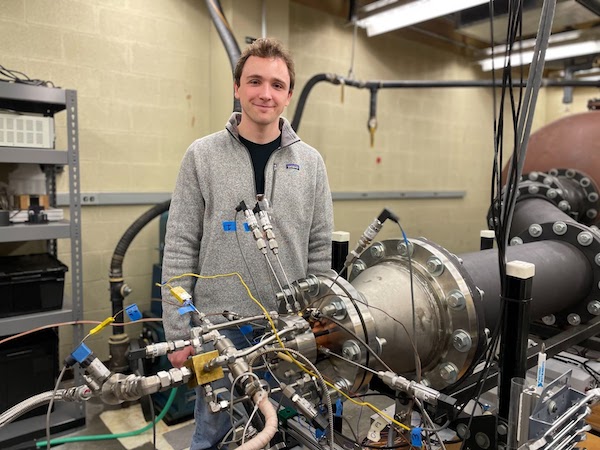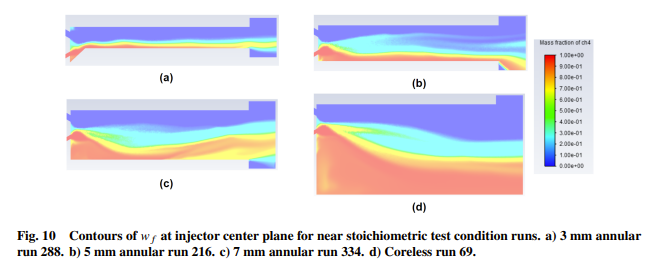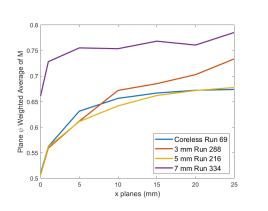Drew Deguchi
May 3, 2023
Quentin Roberts wins an AIAA second place for research on pre-ignition propellant mixing for an RDRE.

Quentin Roberts, A&A graduate student
A&A graduate student Quentin Roberts placed second in the graduate student division at the AIAA Region VI student conference competition at UC Davis in March. His paper “Investigation of Pre-ignition Propellant Mixing in Rotating Detonation Rocket Engine” explores the mixedness of propellants.
The Rotating Detonation Engine (RDE) uses controlled explosions to produce detonation waves, offering higher efficiency compared to current propulsion systems that require more fuel while producing less power. Roberts explains, “When all of the oxidizer and fuel are carried aboard the vehicle and are the only propellants injected into the engine, this is often referred to as a Rotating Detonation Rocket Engine (RDRE).”
Robert’s investigations aim to better understand the propellent mixing process within the RDRE. He explored the influence of gap width on the mixedness, performing both experimental and numerical investigations. He used computational fluid dynamic simulations, using a 25.4 mm outer combustion chamber wall diameter with different core plug sizes producing a 3 mm, 5 mm, and 7 mm wide annular combustion chamber, as well as a coreless cylindrical 25.4 mm diameter combustion chamber configuration.

Still frames from high-speed video recordings of RDRE hot fire tests showing the detonation wave in the annulus of the engine.
He modeled the injection of oxygen and methane to study how the propellants are actually mixing and simulated the flow conditions and degree of mixing before ignition.

This simulation shows the contour plots of fuel mass fraction. The red represents methane and the blue oxygen, making the light blue where the two are fully mixed.

Roberts averaged the mixedness across each plane, demonstrating which gaps produce the best mixing at near stoichiometric conditions. Here, he points out that the largest gap of 7mm has the highest average, meaning it is closest to fully mixed.
Professor Carl Knowlen commented on the importance of this research, stating, “CFD simulations of the unreacted propellant flows in rotating detonation rocket engines provide detailed flow field information about the mixedness of the propellant prior to detonation initiation for different injector and combustor geometries. This information is useful for injector design and locating pre-detonator injector ports for highest effectiveness.”
Robert’s research furthers understanding of pre-ignition propellant mixing, and can help to determine under what conditions cause propellant ignition difficulties to arise. His work is helping to propel research on Rotating Detonation Engines forward, and can be utilized by future researchers to gain even more insights.